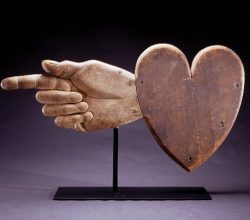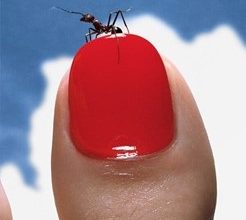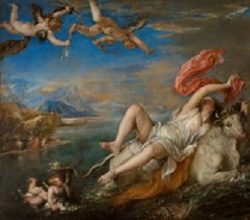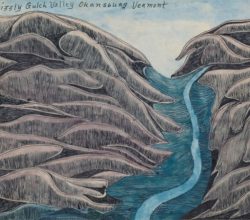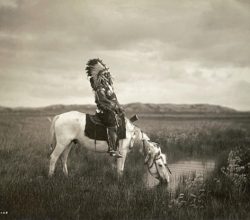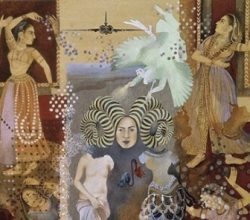
Shahzia Sikander – An Extraordinary Past in Present Time
Jennifer Musawwir | Daily Art Magazine | 21st July 2021
To the non-specialist, Indo-Persian miniature painting seems a world unto itself, unchanging. Well, not quite. Sikander trained in this artform but has since “blown it open” by bringing abstract elements into these finely detailed works. After her move to the US, Sikander’s work was initially greeted with the ‘rebel Muslim woman’ label. Now it is recognized as a study of womanhood and femininity where Mughal art is a reference point but not its focus.

